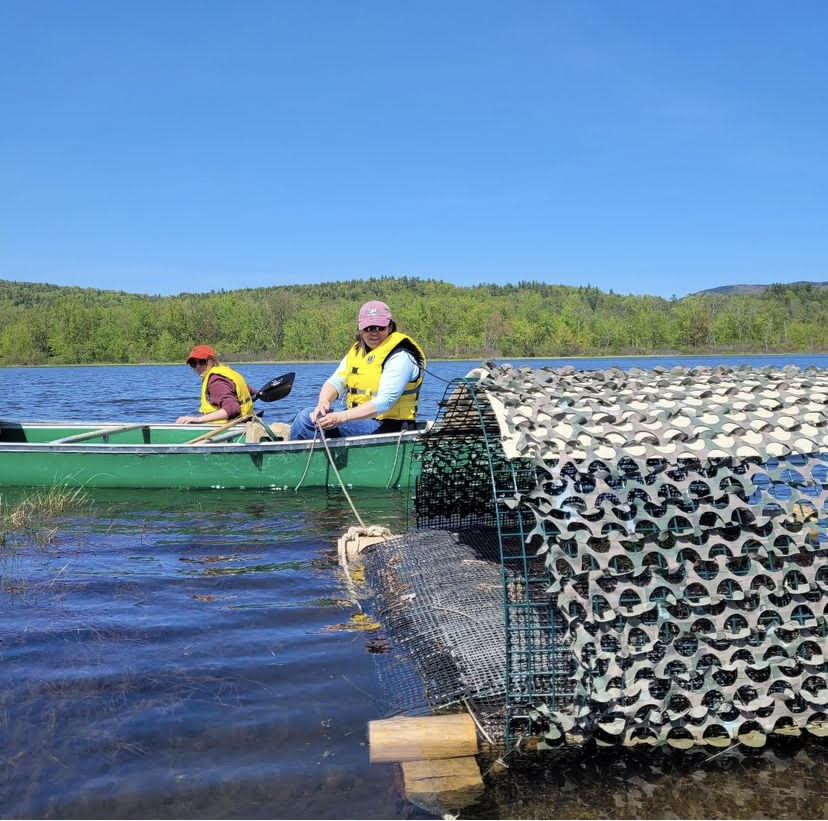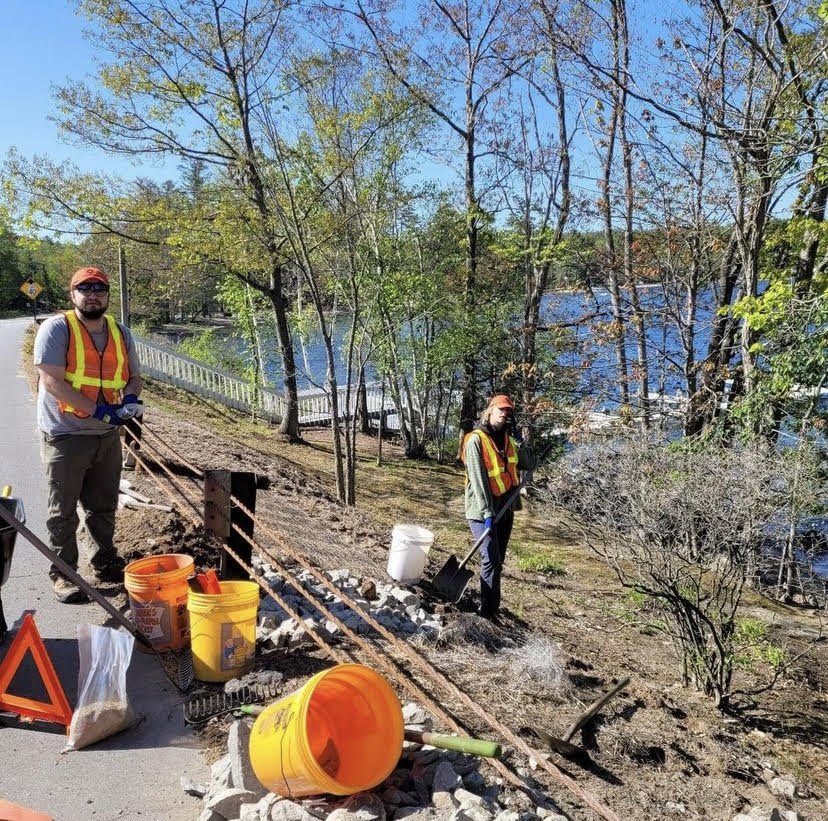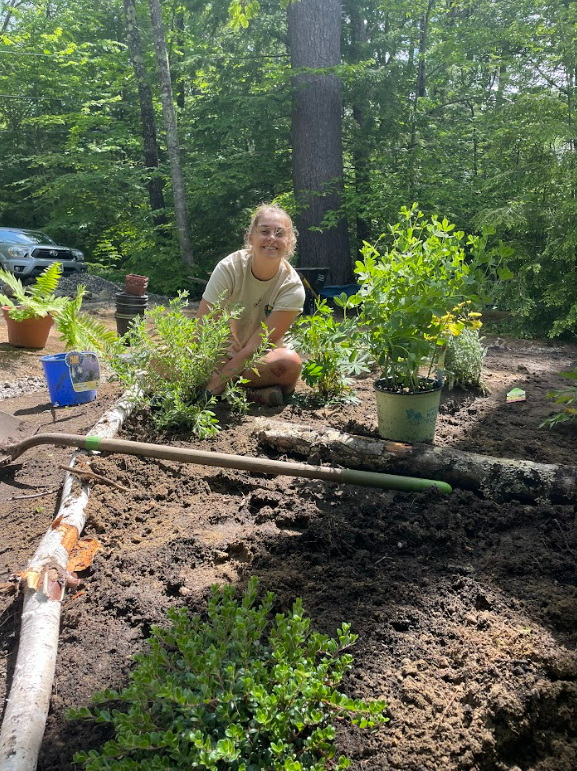Stewardship Journal: Antoni Haupt
Just over a month into serving to protect Newfound Lake and its watershed and I have already learned so much. On our first day with Newfound Lake Region Association, the Watershed Stewards helped set out a loon nest raft in the Hebron Marsh. Newfound Lake has only had two loon chicks hatch and survive in the last 13 years. Nesting loons face threats from shoreline development, lake recreation, fluctuating water levels that flood nests, and predators. In an effort to help, the raft provides a safe place for mating loons to nest.

Newfound Lake has zero aquatic invasive plants in it and a large part of that is because of the work that watershed stewards and volunteers have done to protect the lake. Part of this work is monitoring boats and gear entering the lake and checking them for invasive species. Recreational boats moving from one waterbody to another is a major way that invasive species can spread. This work, along with the work of volunteer Weed Watchers that monitor the lake bed for invasive plants like variable milfoil, is helping keep Newfound clean.
The introduction of invasive plants has a negative impact on the ecosystem and also affects the chemistry of the lake. As plants decompose they release phosphorus, methane, and other chemicals that change the chemistry. When you see small bubbles rising from the bottom of a waterbody, chances are it's methane coming up from decaying organic matter. Decomposing plants also leave a mucky layer of sediment on the bottom of lakes. Over time this sediment, along with sediment introduced by stormwater runoff, causes lakes to become more shallow and lowers water quality. This is a natural process that can take hundreds of thousands of years, but the introduction of excess nutrients from human impacts can speed up the process drastically. Nutrient pollution can come from agriculture, faulty septic systems, stormwater runoff, and decomposing organic matter.
Slowing stormwater from entering the lake is an important part of keeping water high in quality. One of the first projects I took part in was installing a system to prevent erosion on Route 3A in partnership with the NH Department of Transportation. We dug trenches into the bottom of berms on the slope to the lake, which were caused by stormwater running over the slope and carrying sediment into the lake. The area was then covered with landscape fabric and filled with rocks to stabilize it. Finally, we covered the top with grass seed to try and get growth back on the hill. Plant roots prevent erosion by holding soil in place, which is why vegetated buffers around the lake are so important!

We also recently completed our first small-scale stormwater project with the Ruoff family at their lakefront property. This project involved adding a garden of native plants to their front yard along with wood chip mulch to help slow down stormwater and keep sediments in place during rain events. Further down the lawn we added infiltration steps with a path of pebbles to decrease the speed of water traveling towards the lake, giving the ground a chance to soak it up. The path of pebbles also prevents the ground from compacting. Compacted ground is unable to soak up water and leads to more runoff. Under their rain spout we installed a dry well, digging down a few feet and filling the hole with 5-inch river rock so there was a place for water to collect and soak into the ground instead of running into the lake. The entire experience was very rewarding, especially since it was raining while we were working and we got to see first hand how our work was helping slow down the water.

